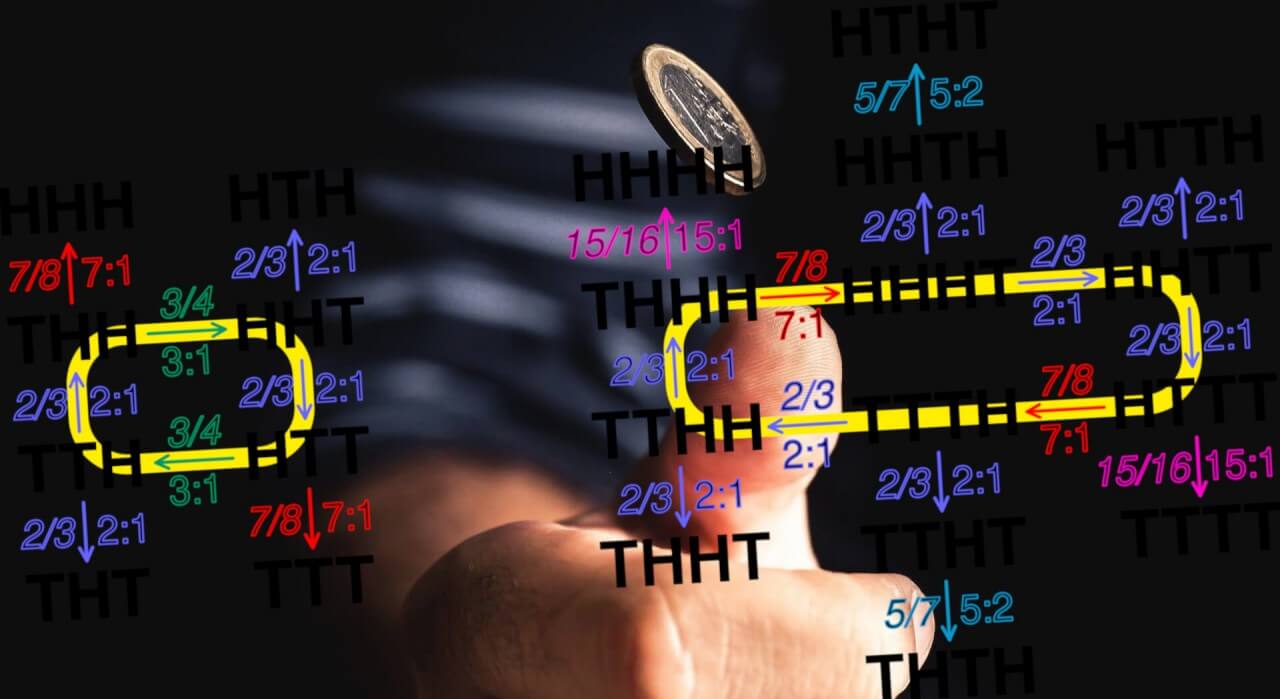Imagine you flip a coin five times, and it lands on Heads every single time. H-H-H-H-H. As you prepare for the sixth flip, a powerful feeling emerges: it has to be Tails this time, right (I know I have thought this)? The coin is "due" for a change. This deep-seated intuition is a classic cognitive bias known as the Gambler's Fallacy (also known as the "Monte Carlo fallacy", or "the fallacy of the maturity of chances"), and it reveals how our pattern-seeking brains struggle to comprehend true randomness.
The fallacy stems from our tendency to believe that past events in a random sequence influence future outcomes. We expect things to "even out." If we see a long streak of one result, our brain incorrectly assumes that an opposing result is more likely to happen next to restore balance. But the coin has no memory. It doesn't know it landed on Heads five times before. For a fair coin, the probability of the sixth flip landing on Tails is roughly 50%.
This bias is not just for gambling; it affects decisions in finance, sports, and everyday life. A loan officer might be more hesitant to approve a sixth excellent application in a row, feeling a "bad" one is due. A baseball umpire might be unconsciously more likely to call a strike if the last few pitches were balls. Understanding the Gambler's Fallacy is a lesson in humility; it teaches us to acknowledge and accept the independence of each moment of chance, and to not impose our desire for patterns onto a world that is, in many ways, fundamentally random.


